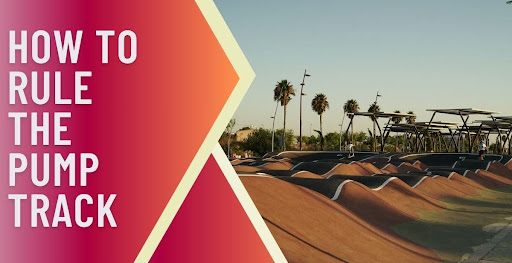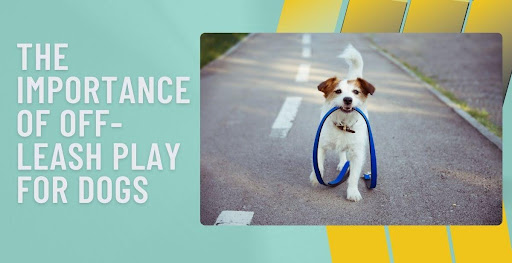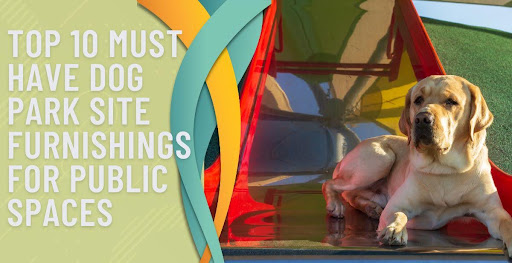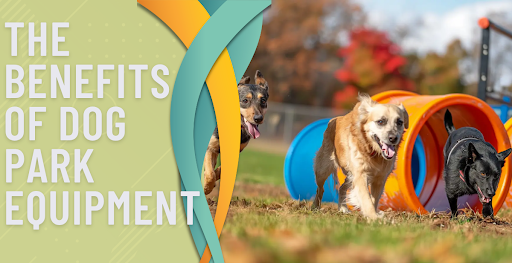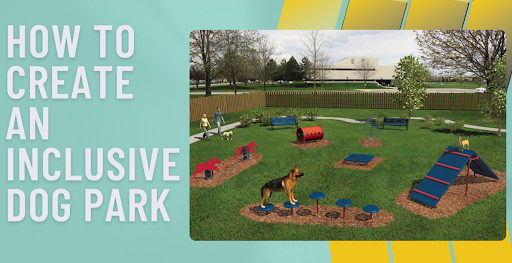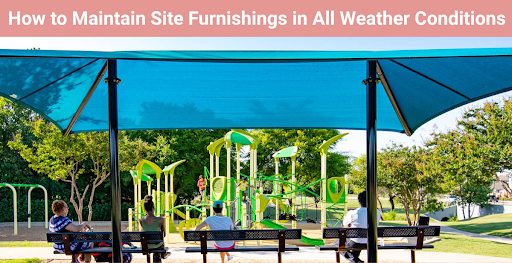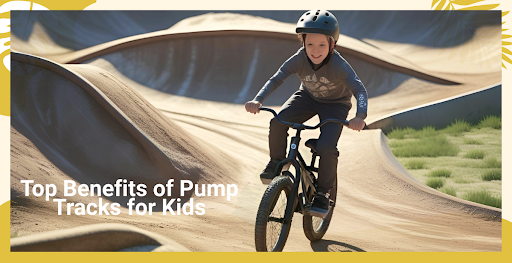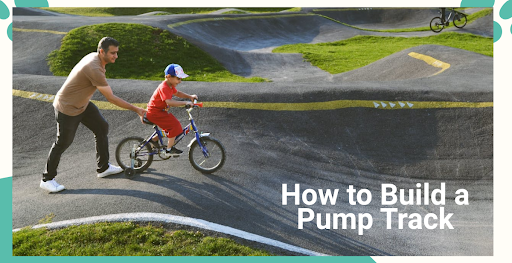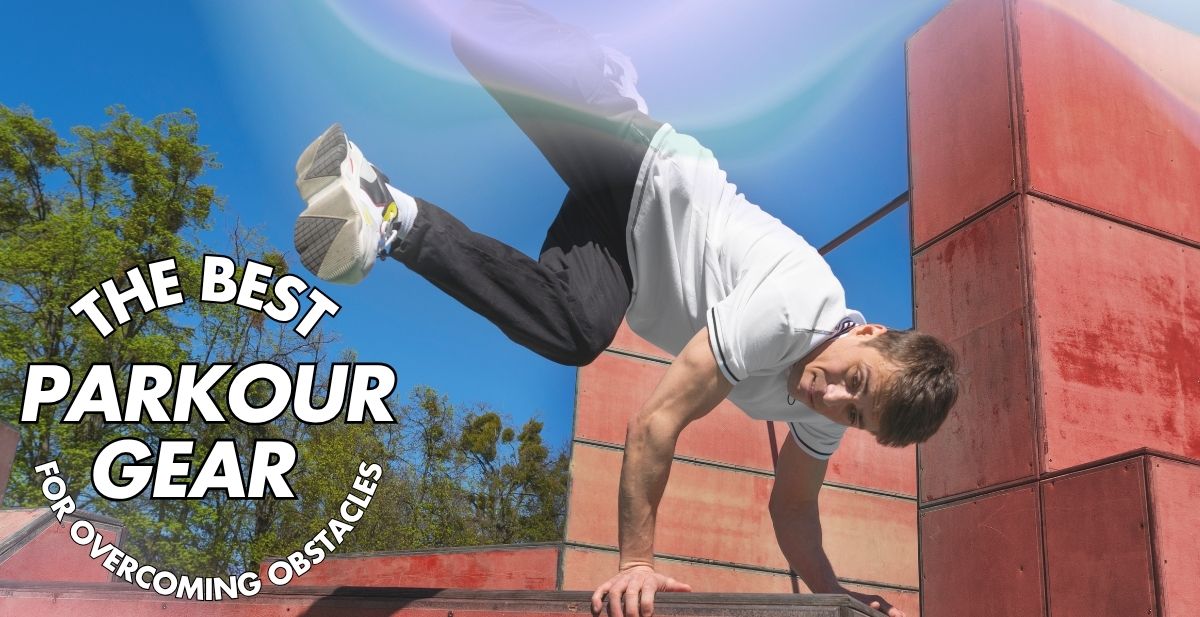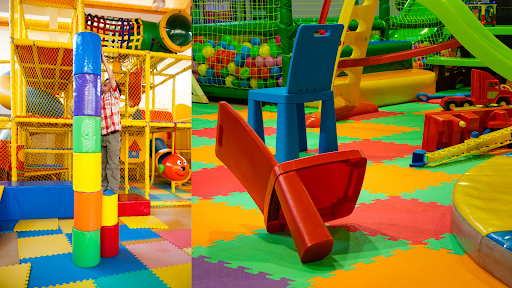Pros and Cons of Artificial Turf for Playground Surfacing
Upgrade your playground with safe, durable flooring. Explore customized artificial turf options for long-lasting, low-maintenance play areas.


Selecting the ideal surface for a playground goes beyond eye-catching colors and inviting textures; it primarily focuses on ensuring robust safety and fostering a space for ceaseless, carefree play. Artificial turf, with its vibrant appearance and practical benefits, has surged in popularity across numerous play areas.
Yet, every choice has its trade-offs. Dive into the advantages and drawbacks of this modern surfacing option to determine if it aligns with the needs and aspirations of your community playground.
What Is Artificial Turf?

Artificial turf, often called artificial grass, is made from synthetic fibers designed to mimic the look and feel of natural grass. Commonly crafted from materials like polyethylene or polypropylene, this synthetic grass offers the aesthetic appeal of lush, green turf without frequent maintenance.
The structure of synthetic turf includes multiple layers of synthetic fibers that add to its realistic texture and provide cushioning for children while playing. However, it's crucial to evaluate whether the turf's design effectively minimizes the impact of falls.
Below, we've detailed artificial turf's primary advantages and disadvantages to help you determine if it's the right choice for playground surfaces.
Pros of Artificial Turf
Low Maintenance
One of the standout benefits of playground grass is its minimal maintenance requirements. Say goodbye to the labor-intensive tasks associated with natural grass, such as mowing, watering, and weeding.
Artificial turf maintains its resilience and appearance even under frequent use, eliminating the need for constant care. This translates to more time for play and activities and significantly less downtime spent on turf upkeep.
Plus, there are no more grass stains to worry about when children play, making it easier to keep clothes and shoes clean.
All-Weather Durability
Artificial turf offers exceptional performance in all types of weather conditions. It is engineered to drain quickly, effectively reducing the occurrence of puddles and muddy areas.
This rapid drainage ensures that the play area remains clean, dry, and safe, allowing children to play comfortably without the mess and risk of slipping, no matter the weather. Artificial turf stands ready for any activity, whether it's a rainy or sunny day.
Safety First
Safety is a paramount concern regarding playground surfacing, and many artificial playground turf products are specifically designed with this in mind. The turf often includes built-in padding that helps cushion falls—a common incident in active play areas.
This padding protects children from severe impacts and creates a gentler playground surface, helping prevent injuries during typical playground activities, like a lively game of tag or a sudden tumble.
Looks Great Year-Round
With artificial turf, playgrounds benefit from an evergreen, lush appearance throughout the year. The synthetic materials used in turf do not require the application of fertilizers or pesticides to maintain their vibrant color and texture.
This not only reduces exposure to potentially harmful chemicals but also ensures that the play area remains an aesthetically pleasing and welcoming space. Parents can relax and enjoy the green scenery any day of the year while watching their children play in a consistently beautiful and safe environment.
Environmental Advantages
Though it's synthetic, synthetic playground turf can offer environmental benefits. Eliminating the need for water makes it a valuable asset in drought-prone areas, helping to conserve precious resources.
Additionally, because artificial turf does not require chemical treatments like pesticides and fertilizers, it helps reduce the risk of polluting local waterways from runoff. This makes artificial turf an eco-friendly choice in specific situations where water conservation and reduced chemical use are priorities.
Cost-Effective Over Time
While the initial investment in synthetic turf playgrounds might be higher than that in natural grass, the long-term savings are considerable. The lack of maintenance needs—no mowing, watering, or fertilizing—translates into ongoing financial savings.
Over time, these savings can offset the initial cost of installation, making it a cost-effective choice for communities and schools.
Enhanced Playability
Playground turf stands out for offering a consistently level playing surface, free from holes or uneven spots that could cause trips and falls. This uniformity ensures that activities are enjoyed with fewer risks of injury, creating a safer environment for sports and play.
Additionally, its exceptional durability allows for frequent, heavy foot traffic use without showing signs of wear, making artificial grass for playgrounds an excellent choice for busy play areas with lots of action.
Insect Resistance
Unlike natural grass, artificial lawn turf does not attract common garden pests such as moles, ants, and other insects that can create unsightly and unsafe playing surfaces. This reduces the need for pest control measures, which often involve harsh chemicals, and ensures a cleaner and more hygienic area for children to play in.
Cons of Artificial Turf
Heat Retention
One of the most significant drawbacks is its tendency to heat up. The surface can become warm on sunny days, which might not be ideal for barefoot adventures.
Initial Cost
Quality comes at a price. The upfront cost of artificial turf can be higher than natural grass, primarily due to the preparation and materials needed for safe installation.
Wear and Tear
Although durable, artificial turf isn't indestructible. Over time, high-traffic areas can show signs of wear, and the surface may need repairs or replacement.
Environmental Concerns
It's worth mentioning that while turf removes the need for water and pesticides, it's a petroleum-based product that isn't biodegradable. When it's time for replacement, disposal can be a challenge.
Choosing the Right Surface: Is Artificial Turf Best for Your Playground?

When deciding if artificial turf is the appropriate choice for your playground, carefully weigh your specific needs and circumstances. Consider the following aspects:
- Durability and Maintenance: Artificial turf is ideal for high-use areas like schools because it's durable and low-maintenance, keeping its appearance with minimal upkeep.
- Budget Considerations: Evaluate if your budget can handle the upfront cost of a synthetic turf playground. While more expensive initially, it can be cost-effective over time due to lower maintenance costs.
- Environmental and Health Considerations: Consider the environmental impact of artificial turf. It doesn't need watering or chemicals, offering environmental benefits. However, it's made from petroleum, and its disposal can be challenging. It can also get hot in direct sunlight, which might be a concern.
- Alternative Options: If concerns like heat retention or environmental impact deter you, look into alternatives like natural grass, rubber mulch, or engineered wood fiber, which better meet your needs. Read more here
- Consultation with Experts: Speak with playground safety experts or landscape architects for advice tailored to your local climate and playground use. Their guidance can ensure your choice meets safety standards and suits your community's needs.
Install Artificial Turf With Park N Play Design Today!
Choosing artificial turf means carefully weighing these factors. It's not just about creating a place to play—crafting a safe, sustainable environment where memories are made without skinned knees or sunburnt toes.
As you consider this decision, remember that playground flooring should support active use while ensuring safety. The best playground is one that's enjoyed—regardless of the surface beneath.
Ready to transform your space into a beloved community hub with playground turf? Contact Park N Play Design today to explore the best installation options tailored to your needs. Let's build a space where fun and safety go hand in hand!
FAQs
Does artificial turf get too hot for children to play on?
Yes, artificial turf can heat up under direct sunlight, often becoming much hotter than natural grass. Some turf products offer cooling technology, but shaded areas or water misting are recommended to prevent discomfort on hot days.
How long does artificial turf last on a playground?
Artificial turf can last anywhere from 10 to 15 years, depending on its quality, frequency of use, and level of maintenance. Regular tasks like brushing and cleaning can help extend its durability and keep it looking fresh over time.
Is artificial turf safe for children if they fall?
Most playground artificial turf systems include a shock-absorbing layer to cushion falls and reduce injuries. For optimal safety, be sure to choose products with appropriate fall-height certifications.


